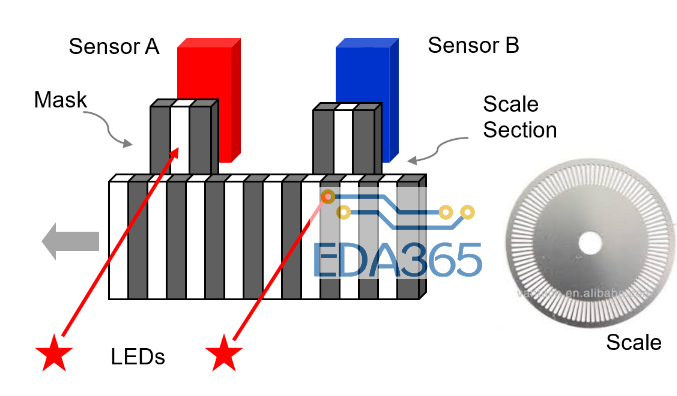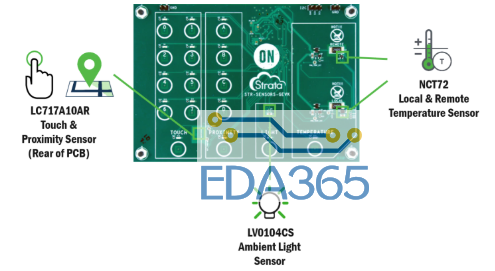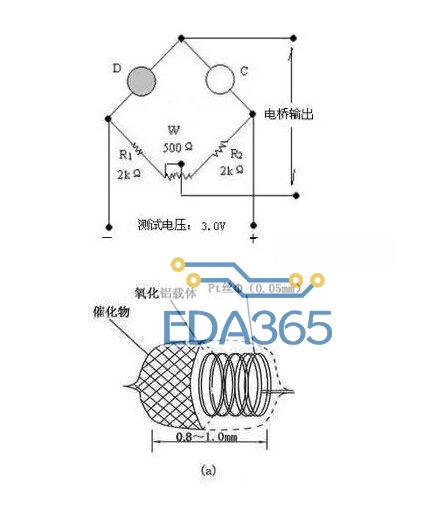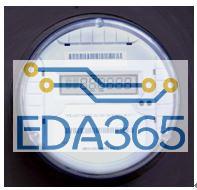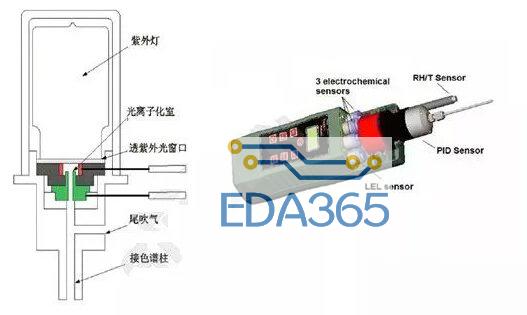测试传感器:MPU9250,九轴传感器,其中有三个轴就是陀螺仪的三个方向角速度。
陀螺仪在每个采样点获得:采样时刻(单位微妙),XYZ三个方向的角速度(单位弧度/秒),记为:wx, wy, wz。陀螺仪静止时,wx, wy, wz也是有读数的,这就是陀螺仪的零漂。
实验一:将陀螺仪绕X轴旋转时,只有wx有读数;将陀螺仪绕Y轴旋转时,只有wy有读数;将陀螺仪绕Z轴旋转时,只有wz有读数;
实验二:将陀螺仪绕XY面上的轴旋转,wz读数为零,即与旋转轴垂直的轴上的角速度为零。
因为陀螺仪采样率很高(1000Hz),通过瞬时读数计算姿态,可以看做:先绕X轴旋转,再绕Y轴旋转,再绕Z轴旋转。
下面这段代码实现了一个简单的陀螺仪姿态算法,开机并静置几十秒后,拿着陀螺仪旋转,十几分钟内姿态是正确的,之后由于积分累积,误差就越来越大了。
// 参数说明:
// sampleTS : 采样时刻,单位:微秒
// wx, wy, wz :陀螺仪采样,单位:弧度/秒
void GyroExperiment(uint64_t sampleTS, float wx, float wy, float wz)
{
// 传感器启动时刻
static uint64_t s_lastTIme = 0;
staTIc uint64_t s_lastlog = 0;
if(s_lastTIme == 0){
s_lastTIme = sampleTS;
s_lastlog = sampleTS;
return;
}
// 采用启动后5秒-35秒的采用平均值作为陀螺仪零漂
// 在此期间,应保持陀螺仪静止
static float s_wx = 0, s_wy = 0, s_wz = 0; // 陀螺仪零漂
static uint64_t s_elapsed = 0;
if(s_elapsed < 35000000){
static int s_SampleCnt = 0;
if(s_elapsed > 5000000){
s_wx += (wx - s_wx) / (s_SampleCnt + 1);
s_wy += (wy - s_wy) / (s_SampleCnt + 1);
s_wz += (wz - s_wz) / (s_SampleCnt + 1);
s_SampleCnt++;
}
s_elapsed += (sampleTS - s_lasttime);
s_lasttime = sampleTS;
}
// 初始姿态,采用三个轴向量表示
static float Xx=1,Xy=0,Xz=0; // X轴
static float Yx=0,Yy=1,Yz=0; // Y轴
static float Zx=0,Zy=0,Zz=1; // Z轴
// 根据陀螺仪读数计算三个轴的旋转量
float interval = (sampleTS - s_lasttime) / 1e6;
float rx = (wx - s_wx) * interval;
float ry = (wy - s_wy) * interval;
float rz = (wz - s_wz) * interval;
// 分别构造绕三个轴旋转的四元数
float cos,sin;
cos = cosf(rx/2); sin = sinf(rx/2); Quaternion qx(cos, Xx * sin, Xy * sin, Xz * sin);
cos = cosf(ry/2); sin = sinf(ry/2); Quaternion qy(cos, Yx * sin, Yy * sin, Yz * sin);
cos = cosf(rz/2); sin = sinf(rz/2); Quaternion qz(cos, Zx * sin, Zy * sin, Zz * sin);
// 依次旋转三个轴向量
Quaternion q = qx*qz*qy; q.normalize(); Quaternion qi = q.inverse();
Quaternion QX(0, Xx, Xy, Xz); QX = q*QX*qi; QX.normalize(); Xx = QX.q2; Xy = QX.q3; Xz = QX.q4; // 旋转X轴;
Quaternion QY(0, Yx, Yy, Yz); QY = q*QY*qi; QY.normalize(); Yx = QY.q2; Yy = QY.q3; Yz = QY.q4; // 旋转Y轴;
Quaternion QZ(0, Zx, Zy, Zz); QZ = q*QZ*qi; QZ.normalize(); Zx = QZ.q2; Zy = QZ.q3; Zz = QZ.q4; // 旋转Z轴;
// 每1秒输出一次姿态数据
s_lasttime = sampleTS;
if(sampleTS - s_lastlog > 1000000){
console->printf("attitude: [%f, %f, %f]; [%f, %f, %f]; [%f, %f, %f]\n", Xx, Xy, Xz, Yx, Yy, Yz, Zx, Zy, Zz);
s_lastlog = sampleTS;
}
}
 热门文章
更多
热门文章
更多

